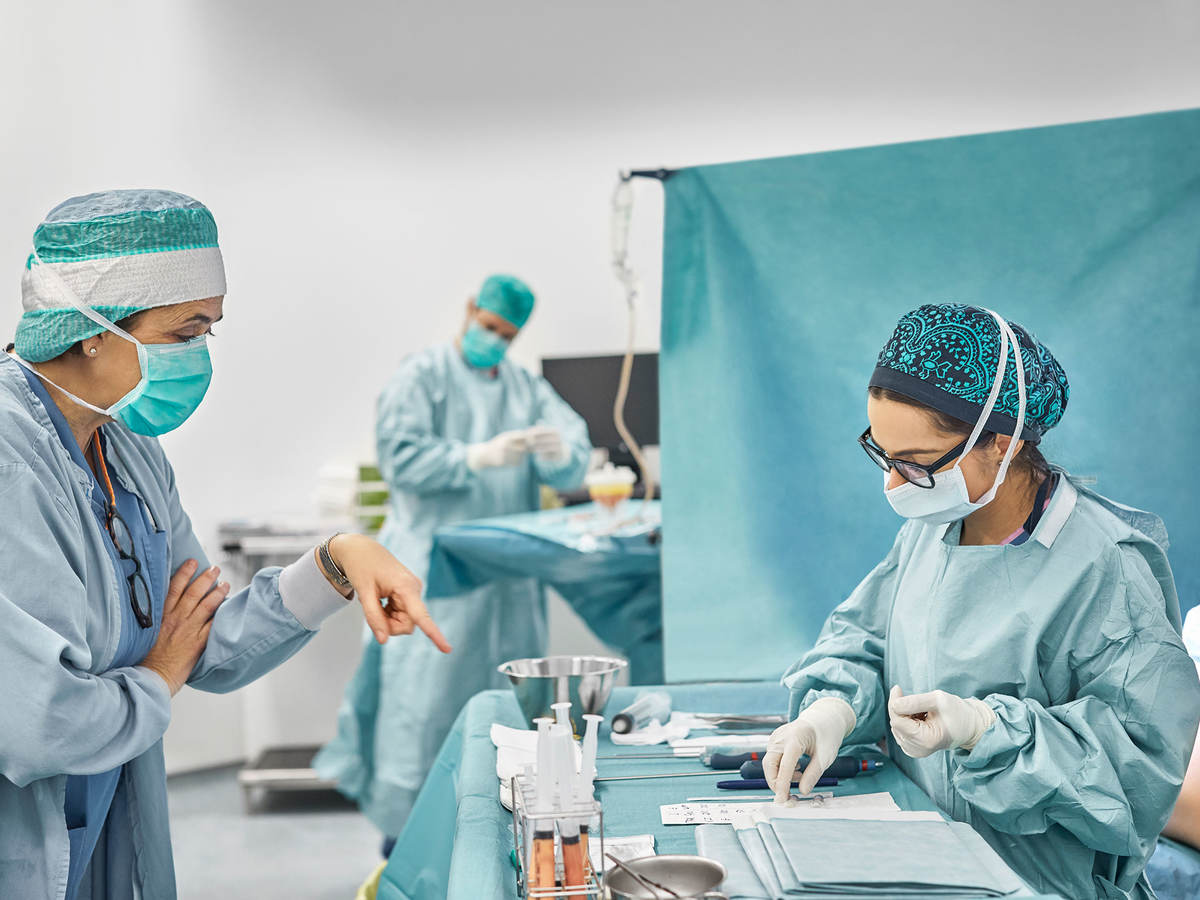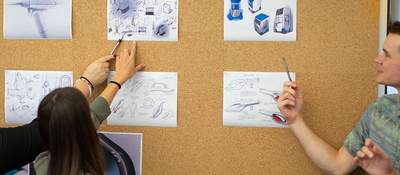December 14, 2020
Usability testing of medical devices often requires a surrogate for the human body. Fortunately, there are many options that enable usability testing without putting people at risk.
Consider the simple case of using a pen-injector to deliver a subcutaneous injection of insulin to treat diabetes. For starters, US Food and Drug Administration and other medical device regulators expect product developers to conduct a human factors (HF) validation usability test of such combination products to confirm their use-safety. This involves having a sample of intended users perform injections to demonstrate that the devices can be used safely and effectively. But the devices are not yet approved for medical use and the injections should be simulated for human subject protection reasons. In place of injecting into a living person’s abdomen, upper arm, or thigh, for example, we ask test participants to inject into injection pads typically made of rubber and foam that are overlaid on (1) a mock patient, or (2) the test participant in the case of self-injection.
Now, consider the more complex case of placing a catheter into the spine to deliver a drug to the brain. Rather than performing a lumbar puncture on a live patient, which would not normally be permissible anyway in a usability test session, or even on a cadaver that would be costly and require special facilities, we have participants interact with a synthetic cadaver instead. In one case, our model was a human-like torso (no head or limbs) that incorporated a realistic spinal column filled with pressurized water to simulate cerebral spinal fluid. The test participants were neurosurgeons and anesthesiologists who could cause a clinically-significant (and noticeable) spinal fluid leak if they made a mistake performing a lumbar puncture ahead of placing a catheter into the model spine’s intrathecal space. Although such advanced human models can still be expensive, they are more easily managed, and they enable highly realistic task performance resulting in a legitimate, high-fidelity test.
Determining degree of tissue model fidelity
What drives decisions about the fidelity of tissue models used in a usability testing? When should you use something as arguably primitive as a foam pad as a stand-in for skin versus cadaver tissue, for example?
A decision about tissue model is closely tied to the principal goal of making tasks to be performed during a usability test as realistic as necessary to evaluate the given medical product, rather than as realistic as possible.
In the case of delivering an insulin injection, we usually consider it to be sufficient to inject into a foam pad, which is realistic enough even though performing an actual injection would be more so. Our approach, which is standard among human factors practitioners who test injection devices, is sufficient to assess the product’s use-safety in the ways that count most.
However, we recognize that injecting into a foam pad in place of a person’s thigh, for example, introduces a degree of test artifact. For example, a person simulating a self-injection will not feel any associated pain, and this might have an influence on how they hold the pen-injector or the time they leave the needle in place before withdrawing it. Therefore, you need to look at such artifacts, determine how they might alter user interactions, and rationalize why it is sufficient to only simulate user tasks.
Over the years, we have used many more types of human models (aka tissue models), including the following:
- Meat (chicken breast) obtained from a grocery store, enabling an HF validation test of a robot used to assist with minimally invasive surgical procedures, such as cutting, suturing, and cauterizing tissue
- Metal and plastic model of a heart, enabling a test of a catheter-based, cardiac tissue ablation instrument.
- Life-size mannikin with mechanical “lungs,” enabling an HF validation test of a respiratory therapy device that delivers medicated gas via an endotracheal tube to the lungs.
- Synthetic tissue block, enabling an HF validation test of an electro-surgical instrument used to make incisions.
- Ultra-clean pig’s colon placed into a tray to simulate a human’s large intestine, enabling a formative usability test of a colonoscope.
- Human cadaver eyes placed in a plastic mask, enabling a formative test involving implantation of a drug eluting device into the eye.
Clearly, there is a meaningful difference in model fidelity between chicken breasts from the grocery store and cadaver eyes, as there are differences in cost and handling procedures. This is further reason to choose carefully the level of fidelity needed to support user task realism. And, you need to keep in mind that there are almost always test artifacts that could influence task performance. The idea is to minimize the number and significance of those artifacts.
As an example, cadaver eyes do not bleed when incised and often have reduced turgor (pressure that maintains shape), and this could potentially affect how an ophthalmologist would perform a procedure. Therefore, in some cases, it might be equally effective, less expensive, and simpler to use a lower-fidelity tissue model that serves about as well as a real human eye for testing purposes.
You might wonder at this point if there is ever a time when it is appropriate to perform procedures on living individuals? The answer is no, or not without special permission from the FDA or other regulator, if it involves the delivery of actual medical care that could be, I’ll simply say, consequential. Therefore, you do not test a surgical stapler on a live person. But, we have called upon people to inhale a placebo through a nebulizer’s mouthpiece, measure their non-invasive blood pressure using a compression cuff, and walk in an exoskeleton trapped to their body. We conduct such tests in accordance with Investigation Review Board-approved human protections measures in place.
I will leave you with three bits of advice:
- Determine the most appropriate tissue model to use in HF validation testing by first performing pilot tests involving what seems to be the best option, and then confirm its suitability (or lack thereof) during a formative usability test (i.e., before using it in a human factors validation test). Increase the tissue model fidelity if you observe unacceptable test artifacts caused by model shortcomings, and consider moving toward a simpler, less expensive option if the selected model’s fidelity seems unnecessary.
- Discover and account for any test artifacts that might be introduced by the tissue model.
- Describe the preferred tissue model in the HF validation test protocol and, as appropriate, seek “buy-in” from the regulatory body (e.g., FDA) that will review the test results.
Michael Wiklund, CHFP, P.E., is General Manager of Human Factors Research & Design at Emergo by UL.
Related human factors engineering and usability resources from Emergo by UL:
- HFE user research support for medical devices, IVDs and combination products
- Medical device usability training and consulting
Request more information from our specialist
Thanks for your interest in our products and services. Let's collect some information so we can connect you with the right person.







